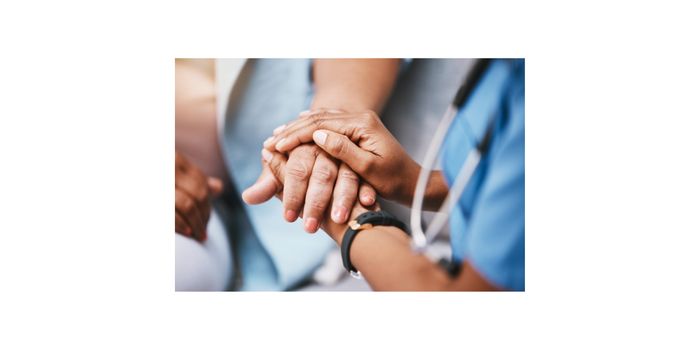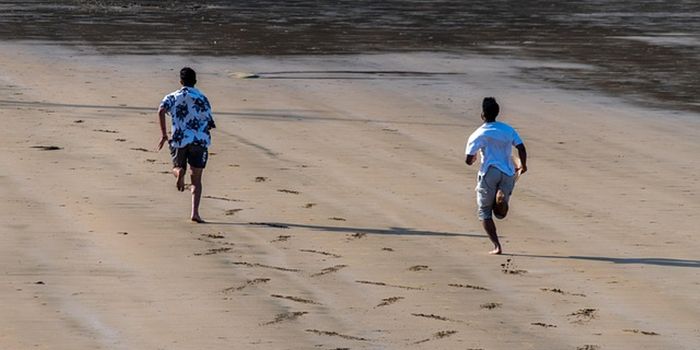Noninvasive Ultrasounds Can Be Used to Diagnose Brain Disease
The brain is a crucial, sensitive organ that is well-protected by the skull and blood brain barrier, which prevents many harmful substances from getting into the central nervous system. The blood brain barrier also poses a major challenge for researchers and clinicians who are trying to deliver therapeutics or diagnose conditions in the brain. Brain biopsies can be used to obtain critical data about brain dysfunction, but these procedures are invasive and can present many risks. They are also not useful for diagnosing all conditions.
Now researchers have developed a new technique called a sonobiopsy that combines ultrasound with microbubbles to cause a temporary disruption in the blood brain barrier, which causes molecules like circulating tumor DNA, RNA, and proteins to leak out into the blood. Then, that material can be collected and analyzed. This method has been tested in animals, and now, scientists have also demonstrated that sonobiopsy can be safely used on human patients. The findings, which open up new diagnostic avenues, have been reported in npj Precision Oncology.
In the 1980s and 1990s, structural and functional brain imaging provided by the newly created magnetic resonance imaging (MRI) technique revolutionized how brain diseases were diagnosed, said co-senior study author and sonobiopsy co-inventor Eric C. Leuthardt, MD, a professor in multiple disciplines at Washington University in St. Louis (WUSTL).
"Sonobiopsy is the third revolution, the molecular revolution. With this technique, we can obtain a blood sample that reflects the gene expression and the molecular features at the site of a lesion in the brain. It's like doing a brain biopsy without the dangers of brain surgery."
Brain lesions can be targeted down to the millimeter with ultrasound, and then microbubbles are delivered to the bloodstream. The microbubbles move to the targeted site and burst open, creating little holes in the blood brain barrier that normally close within several hours and do not cause permanent damage. Molecules leave the brain through those holes, and a standard blood draw can capture them. Washington University owns a patent on the sonobiopsy technology.
In this study, sonobiopsies were done on five brain tumor patients, and the tumors were then removed. Blood samples revealed that sonobiopsy can increase circulating DNA from the tumors by 1.6 to 5.6 times, depending on the type of DNA. Genetic changes in tumor DNA can tell doctors about how serious and aggressive a tumor is and how quickly surgery should be performed. The procedure did not cause any damage and seemed to be perfectly safe for the patients.
"We've essentially initiated a new field of study for brain conditions," said co-senior study author and sonobiopsy co-inventor Hong Chen, Ph.D., an associate professor at WUSTL.
Every part of the brain can be accessed with this noninvasive tool, which can provide crucial information about tumors prior to surgery, noted Chen. "If [surgeons] see something suspicious on imaging, they could confirm whether a tumor is recurring or not. We can now start to interrogate diseases for which surgical biopsies aren't done, such as neurodevelopmental, neurodegenerative, and psychiatric disorders."
This technique can be performed with a portable ultrasound tool and a stereotactic pointer. Neurosurgeons were able to use it without needing extra training. It's simple to use and can be done in a clinic or doctor's office. High tech scanners won't be necessary to treat patients, and it can help all patients get access to advanced diagnostics, added Leuthardt.
An unrelated study has also shown that therapeutics can be delivered to the brain with a targeted ultrasound technique that also disrupts the blood brain barrier in a temporary way. This method is called focused ultrasound blood-brain barrier opening (FUS-BBBO). Those findings have been reported in Gene Therapy.
Sources: Washington University in St. Louis, npj Precision Oncology, Gene Therapy









